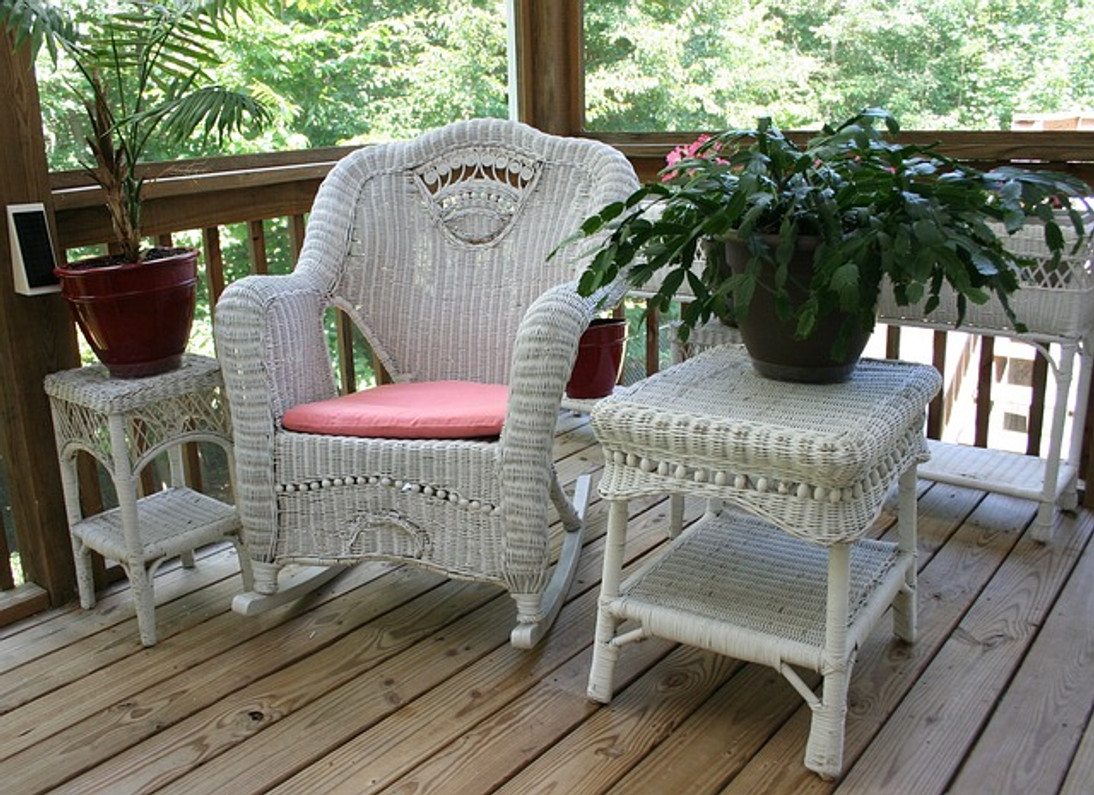Wood Decks: 6 Safety Hazards to Look For
A wood deck is a brilliant addition to any home. It will improve your home's curb appeal while simultaneously creating an outdoor living space for you and your family. As a homeowner, however, you should regularly inspect your wood deck. If you discover any of the following safety hazards, you'll need to fix them.
#1) Decay
Decay is a safety hazard commonly associated with wood decks. Regardless of the specific variety of wood from which your deck is made, it may succumb to decay. As fungi attack and feast on the wood's cellulose, decay will occur. A rotten or decaying wood deck is a safety hazard. The wood will become weaker, in which case it may not be able to support your body weight.
#2) Loose Railings
If your wood deck has railings, you should inspect them to ensure they are stable. Railings are commonly found around the perimeter of wood decks. If your wood deck has two stories, railings may be used for the stairs as well. Railings, though, can become loose. Loose railings pose a serious risk of injury.
#3) Protruding Nails
Are there any nails protruding out of your wood deck? Not all wood decks use the same construction process. Nonetheless, most wood decks consist of wooden planks held in place with nails. Over time, the nails may work their way out of the wood planks. Protruding nails such as this pose a serious risk of injury.
#4) Insufficient Light
A safety hazard associated with wood decks that many homeowners overlook is insufficient lighting. Whether it's your front deck or back deck, you should check to ensure it's properly illuminated. If there's not enough lighting, you may struggle to see while walking on the wood deck. Low visibility at night may result in slips, trips and falls.
#5) Mildew
Another safety hazard to look for when inspecting your wood deck is mildew. Mildew typically thrives in moist environments. Unless your wood deck is covered, it will be exposed to the elements. Rain and humidity will encourage mildew to grow on your wood deck. If left unchecked, all of this mildew may create a slippery surface.
#6) Loose Planks
Don't forget to check your wood deck for loose planks. Loose planks are a safety hazard. If they stick out, you may trip on them. Alternatively, loose planks may simply fail to support your body weight. If you discover any loose planks, you should repair or replace them.
Recent Posts
-
Fire Safety in the Workplace: What You Need to Know
What steps are you taking to prevent fires in your workplace? According to the U.S. Occupational Saf …Aug 23rd 2023 -
Is It Safe to Go Jogging With a Cold Infection?
If you're suffering from a cold infection, you might be wondering whether it's safe to go jogging. T …Aug 22nd 2023 -
5 Safety Tips to Follow When Using a Powder-Actuated Tool
Powder-actuated tools are commonly used to join materials to steel and concrete. Also known as Hilti …Aug 20th 2023




